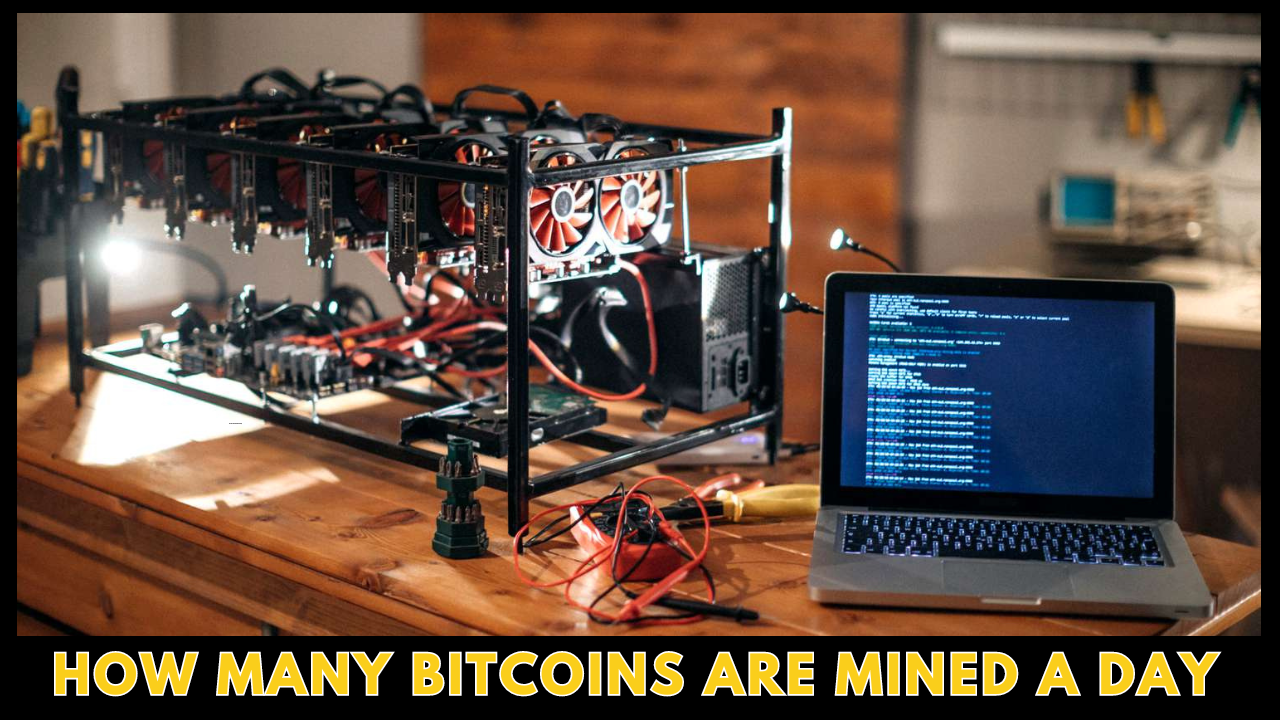The Curiosity Behind Bitcoin Mining
How many Bitcoins are mined a day ? This is a question that raises eyebrows on so many people, including the ones interested in the world of cryptocurrency. Bitcoin is a type of digital currency which is operated in a realm of algorithms and encrypted data.
The Process of Bitcoin Mining
The process by which new Bitcoins come to be created is an exciting activity called Bitcoin mining. Picture a humongous digital landscape with miners, armed with supercomputers, chipping at computationally hard mathematical problems. After all, these aren’t random problems but the ones serving as doors that hold new Bitcoins to be released into circulation. At its core, this is Bitcoin mining—a process as exciting as it is complicated.
How Bitcoin Mining Works
Bitcoin mining does not involve the actual digging; it is a digital process with ramifications on the real world. Therefore, bitcoin mining is more like a giant, global lottery where miners fight to solve complex mathematical problems. It is not something like rolling dice; it’s part of the underlying mechanism that makes Bitcoin work—it secures the network, processing every single Bitcoin transaction.
The Role of Miners
When a Bitcoin transaction is made, it’s not considered confirmed straight away. All of those unconfirmed transactions get bundled up into a block. You can think of this block kind of like waiting in a box, not sealed, for a miner to seal it by solving a really tricky math problem including something called a cryptographic hash function. Miners all around the world compete in racing to solve this puzzle, and whoever does first gets to add the new block of transactions to the blockchain.
Proof of Work: Premium Testimonials
The blockchain is a worldwide ledger—a list of every single transaction that’s ever happened for Bitcoins. By adding the block to the blockchain, the miner confirms the transactions and makes them official. As a result of this work, they are rewarded with a specific number of newly minted Bitcoins, known as the block reward. This proof of work ensures fairness and security for all efforts spent in solving the puzzle. It retains the integrity of the Bitcoin network and takes care of problems involving fraudulent transactions or double-spending.
Block Reward and Bitcoin Supply
Every time miners are able to solve these complex problems, they get rewarded with a block reward. The block reward is simply the number of Bitcoins that miners receive for successfully adding a new block to the blockchain. This reward is what motivates miners to keep the blockchain secure and functioning smoothly.
The Halving Event
The block reward is not some constant figure; it changes dramatically every four years or so in an event called a halving. Every four years, the block reward is cut in half. This procedure has guaranteed that there will be a cap on the total number of Bitcoins existing to about 21 million, thereby keeping the scarcity and controlling inflation.
Impact of Halving on Bitcoin Mining
Before the first event of Bitcoin halving in 2012, every mined block was awarded 50 Bitcoins. Later, with the event of halving, the reward dropped to 25, then to 12.5, and so on. Such a mechanism of halving prevents Bitcoin supply from running too low, thereby keeping up its value. On the other hand, it creates much unpredictability in the Bitcoin market.
Daily Production of Bitcoin
Now, considering the mining process and rewarded halving, we can actually estimate how many Bitcoins are mined every day. The number of Bitcoins mined per day is related to three influential factors: the current block reward, blocks per day, and the effect of Bitcoin halving events.
The Current Block Reward
Today, the block reward is 6.25 Bitcoins. The protocol of Bitcoin is designed to add a new block approximately every 10 minutes, thus closing to about 144 blocks mined per day. Now, multiply the current block reward by the number of blocks mined per day to get approximately 900 Bitcoins mined daily.
Production Post-Halving
Halving events reduce the block reward and thereby the quantity of Bitcoins mined every day. The last halving took place in 2020, while the next one is due in 2024. Assuming a halved block reward, the new number of Bitcoins mined per day post-halving would be around 450.
The Bottom Line:
Generally, this number is high and driven by the sprawling process of Bitcoin mining, by events of halving. It deepens our appreciation for the value and scarcity of Bitcoin and underlines how the intricate balance of maths and computer science keeps the integrity of the Bitcoin network intact.
